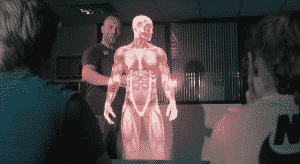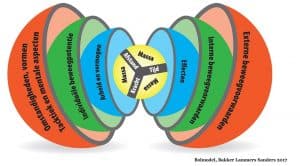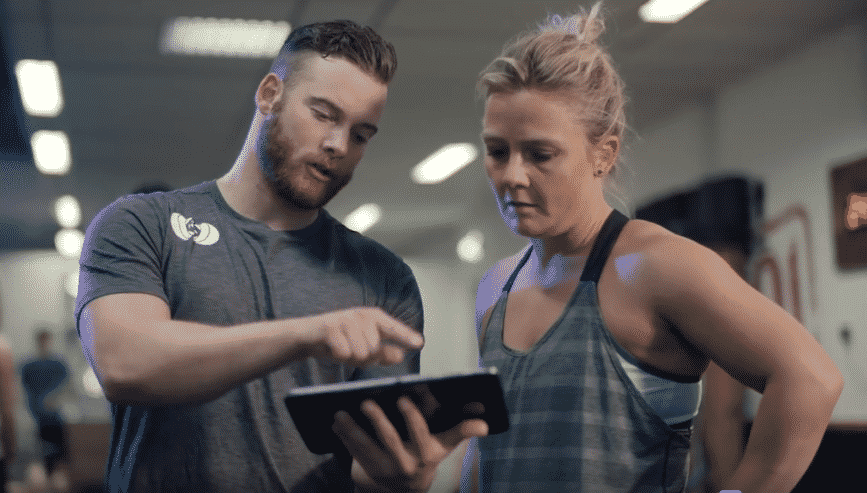Giving directions, also called cues, can be tricky. Which cues should you give? How many cues should you give? What should you pay attention to when giving cues? 3 questions that we will answer for you in this article.
Start with the most important cues
Suppose your client does a squat, 10 things can go wrong. It is not helpful to name all 10 things, as it will most likely have the opposite effect. So we are going to make a distinction between those 10 things; 3 things that are very important, 4 things that are a little less important and 3 things that are a bonus if they go well in a year.
Prioritize
Safety always stands at 1. This is the degree to which someone has control over the rod. Number 2 usually says hand and foot position. If the hand and foot position are not right, the rest will not go well either. Finally, you look at the sub-movements.
As an example we take a squat:
1. You check if it is safe. When someone shiver a little with an empty bar, this is not so bad. So it does need some context.
2. You look at the position of the hands and feet. You can certainly play with this. For example, if someone does not reach the correct depth, you first change the foot position.
3. Thirdly, you will consider what should be deployed first; the knees or the hips.
Suppose someone has almost everything right, but the knees fall in, then you first correct by saying that the knees must come out. Despite the fact that someone has deployed the knees first, this does not mean that this must be corrected first. It has priority that everything moves in one line. You are constantly working on that.
Be economical with cues
People can often only process 2 or 3 cues at a time. So be careful in your choice of cues. You also don't want to just be giving cues and correcting for the entire training. That is not pleasant for both the athlete and for you as a trainer. If you have the slightest idea that the exercise is not a good choice for the client, choose a different exercise. It is always more pleasant to have to build up than to have to scale back.







